The House of Blue Light by Deep Purple
Buy The House of Blue Light Through the years, Deep Purple went though a bunch of lineup changes with only drummer Ian Paice remaining with the band throughout all phases. In fact, there […]
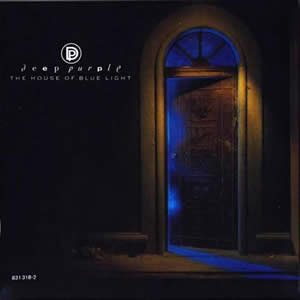
Buy The House of Blue Light Through the years, Deep Purple went though a bunch of lineup changes with only drummer Ian Paice remaining with the band throughout all phases. In fact, there […]
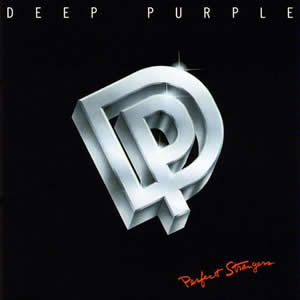
Buy Perfect Strangers Through the past half century of classic rock and roll, there have been scores (if not hundreds) of major group reunions, with very mixed results. However, there have been very […]

Buy Machine Head Deep Purple is often overlooked as one of the truly great classic rock acts. This may be because they reigned during the prime of so many other great British rock […]
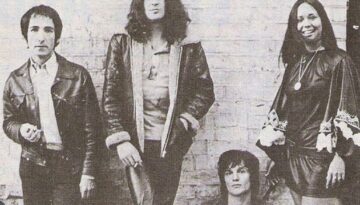
A Rock Opera Before it was a theatre act, Broadway play, or motion picture, Jesus Christ Superstar was simply a 1970 rock album produced by composer Andrew Lloyd Webber and lyricist by Tim […]
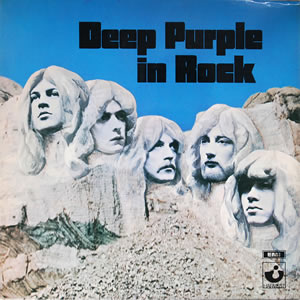
Buy Deep Purple In Rock The famous Mark II lineup of Deep Purple launched their first pure rock album in a big way in 1970 with Deep Purple In Rock. This output was […]
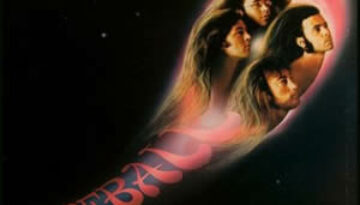
Buy Fireball I started this review planning to explain how this album set up Deep Purple for its, presumptively superior masterpiece, 1972’s Machine Head. But the more I’ve listened to Fireball in preparation […]